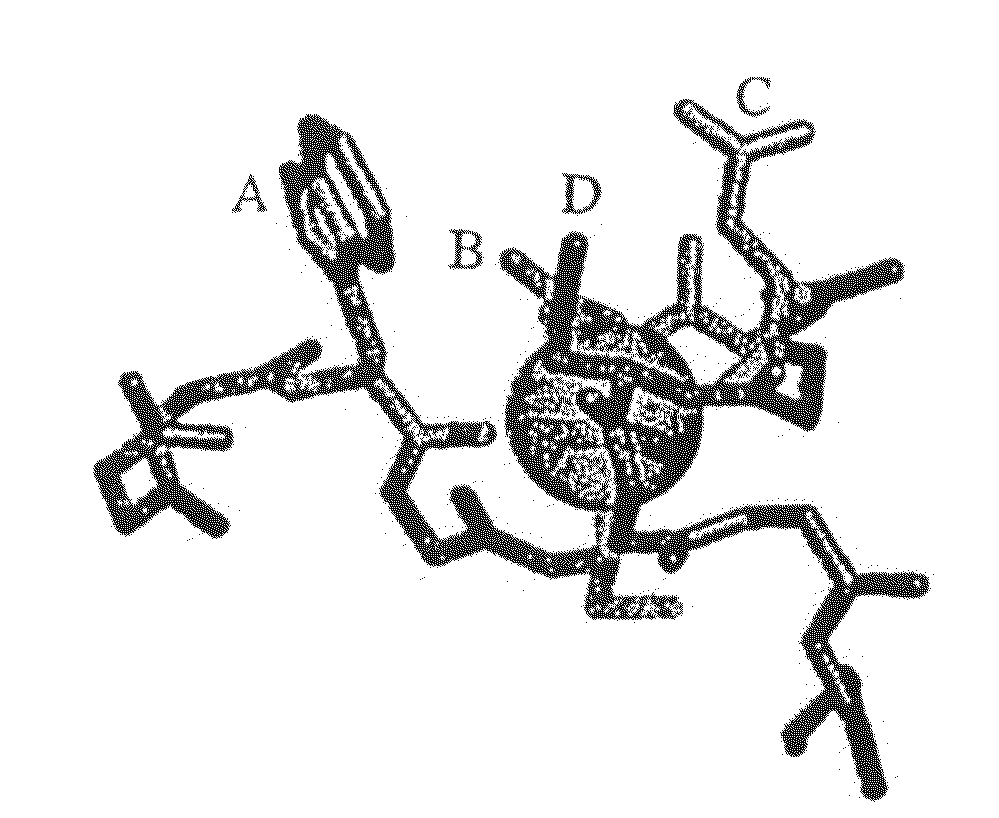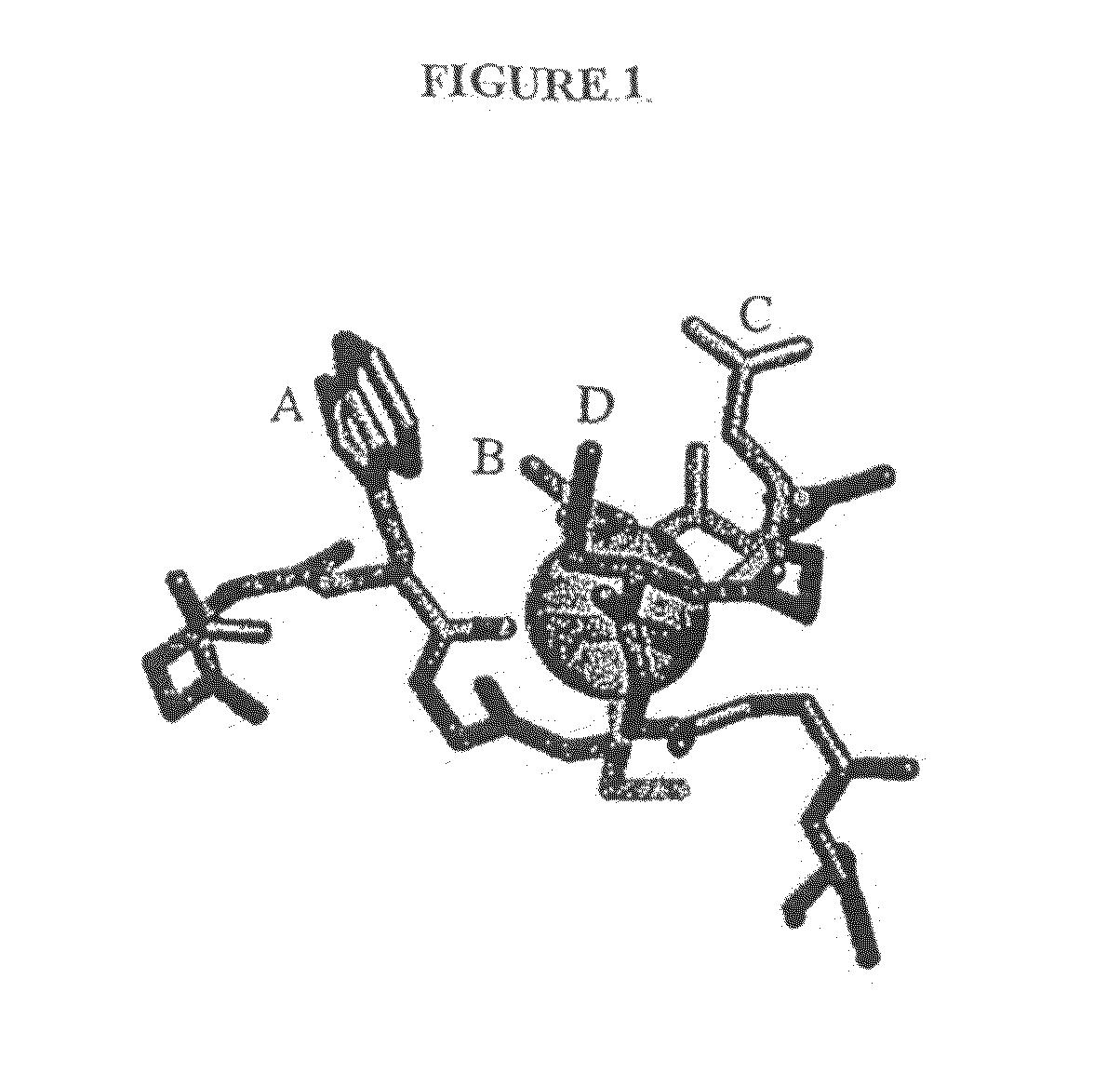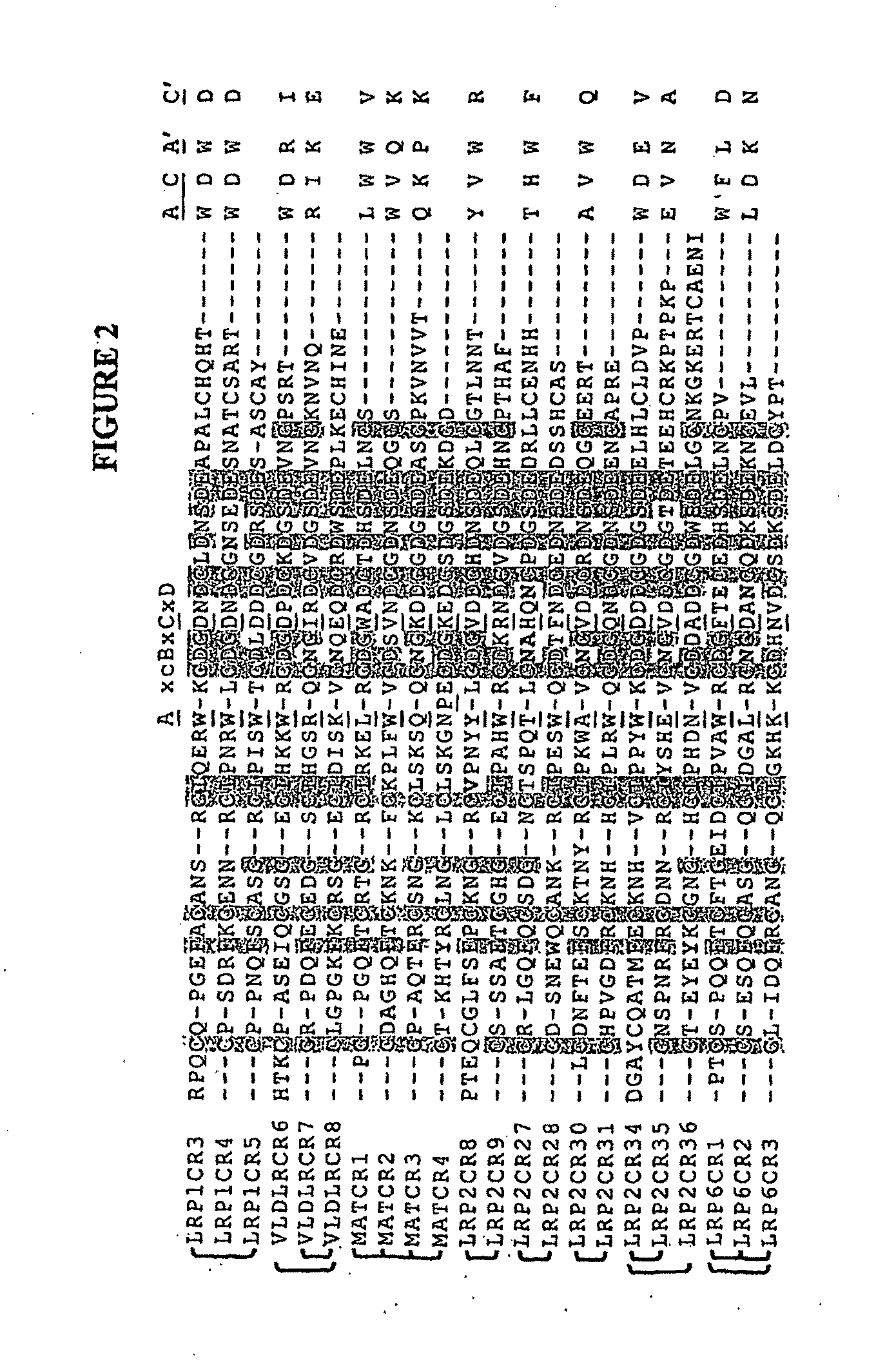Compositions Comprising Receptor-Associated Protein (RAP) Variants Specific for CR-Containing Proteins and Uses Thereof
a technology of receptor-associated protein and variants, which is applied in the field of receptor-associated protein variants specific for cr-containing proteins, can solve the problems of slowed delivery of these drugs, failure to activate the resulting protease mutant, and limited progress to da
- Summary
- Abstract
- Description
- Claims
- Application Information
AI Technical Summary
Problems solved by technology
Method used
Image
Examples
example 1
Generation and Analysis of RAP Variants
[0268]Materials and Methods
[0269]Materials—The M13 phage display vector was from Maxim Biotechnology. Expression vector pET30(+)a and S-tag purification reagents were from EMD Biosciences. Anti-RAP antibodies were produced at BioMarin Pharmaceutical, Inc. Restriction enzymes and T4 DNA ligase were from New England Biolabs. An ABI 3100 Avant automated DNA sequencer was used for sequence data generation and analysis. Hexahistidine tag purification reagents were from Qiagen. The anti-RAP polyclonal antibody was described previously (49).
[0270]Expression, refolding and purification of CR proteins—Others have elegantly demonstrated that CR proteins can be expressed, purified and refolded to their native form in vitro (45, 50-54). For the work described here, the following CR sequences were selected for this process: A CR triplet from LRP6 (CR1-3), the two CR pairs from LRP6 within the triplet (CR1 and 2, termed CR12, CR2 and 3, termed CR23), a CR tr...
example 2
Evaluation of RAP Variants or CR-Specific Antibody Using In Vitro and In Vivo Assays
[0300]RAP variants or CR-specific antibodies are useful as therapeutic agents or to transport therapeutic or diagnostic agents across the blood-brain barrier or other types of tissue membranes to treat a variety of human conditions or disorders. In vitro activity or transport assays and in vivo measurement of RAP variant activity or distribution are examples of methods to assess the efficacy of RAP variants. Examples of such assays are disclosed below.
[0301]Preparation of CR-Specific Antibodies Binding to any of the Repeated CR domains described herein may be carried out using any means known in the art, and antibodies thus prepared may be screened for relatively higher binding to the desired CR pairs compared to other CR pairs. Antibodies thus selected will then be tested for binding to the desired CR-containing protein compared to one or more other CR-containing proteins in the family. Antibodies t...
example 3
Production and Characterization of a RAP-GDNF Fusion as a Potential Therapeutic Agent
[0313]Production of RAP-GDNF in CHO cells—A recombinant CHO cell line expressing RAP-GDNF was maintained in UltraCHO medium with 2.5% fetal bovine serum, 400 μg / mL G418, 2 mM glutamine, penicillin and streptomycin. For medium-scale culture with microcarriers in 500 mL spinner flask, 4000 cells / mL were added to 0.3 g of Cytopore beads in solution into 150 mL of JRH 302 medium, 2.5% fetal bovine serum, 400 μg / mL G418, 2 mM glutamine, penicillin and streptomycin. The serum concentration was progressively decreased to zero and RAP-GDNF production followed for 2 weeks. The medium was changed daily, cell growth was evaluated by measuring glucose consumption (YSI 2700 analyzer) and RAP-GDNF production was quantified by functional ELISA. For adaptation in suspension culture without serum, 40,000 cells / mL were seeded into 20 mL of JRH 302 medium, 2.5% fetal bovine serum, 400 μg / mL G418, 2 mM glutamine, penic...
PUM
| Property | Measurement | Unit |
|---|---|---|
| Tm | aaaaa | aaaaa |
| dissociation constants | aaaaa | aaaaa |
| temperature | aaaaa | aaaaa |
Abstract
Description
Claims
Application Information
 Login to View More
Login to View More - R&D
- Intellectual Property
- Life Sciences
- Materials
- Tech Scout
- Unparalleled Data Quality
- Higher Quality Content
- 60% Fewer Hallucinations
Browse by: Latest US Patents, China's latest patents, Technical Efficacy Thesaurus, Application Domain, Technology Topic, Popular Technical Reports.
© 2025 PatSnap. All rights reserved.Legal|Privacy policy|Modern Slavery Act Transparency Statement|Sitemap|About US| Contact US: help@patsnap.com



